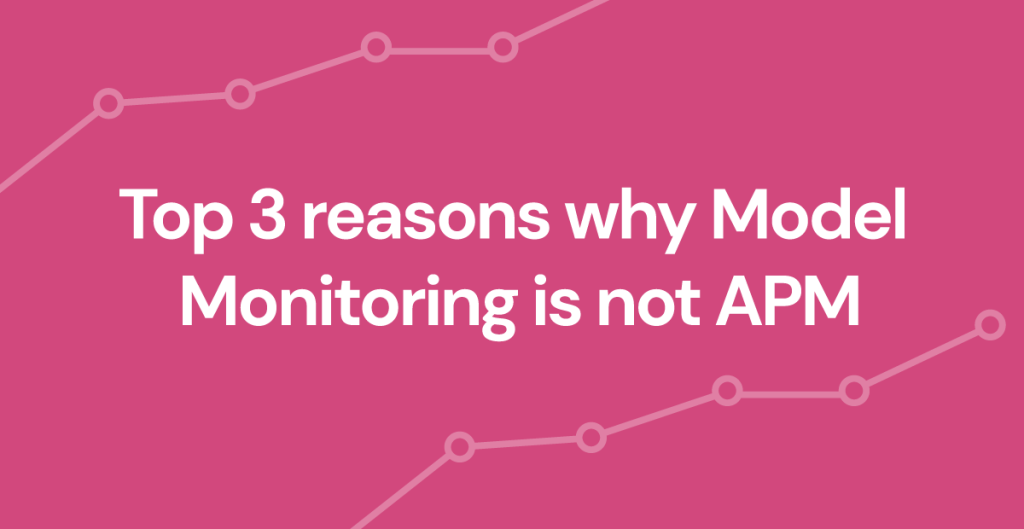
Are you confused about the difference between MLOps and APM? You’re not alone. These acronyms are often used interchangeably, but they actually refer to two very different things. Let’s delve into the world of MLOps and APM to understand their differences.
MLOps: A New Frontier in Data Science
MLOps is a term that has gained popularity in recent years. It refers to the practice of applying DevOps principles to the field of machine learning. In other words, MLOps is all about streamlining the process of developing, testing, and deploying machine learning models.
MLOps is a relatively new concept, but it’s quickly gaining traction among data scientists and machine learning engineers. By applying DevOps principles to machine learning, MLOps aims to increase the efficiency of the entire machine learning workflow. This includes everything from data preparation and feature engineering to model training and deployment.
One of the key benefits of MLOps is that it helps organizations scale their machine learning efforts. By breaking down silos between data science and IT teams, MLOps enables organizations to more quickly and efficiently deploy machine learning models in production.
APM: Keeping Applications Running Smoothly
While MLOps is focused on machine learning, APM (Application Performance Management) is all about keeping software applications running smoothly. APM is a set of practices and tools that are used to monitor and manage the performance of software applications.
APM is a critical component of modern software development. With the rise of cloud computing and distributed systems, it’s become increasingly complex to ensure that applications are performing as expected. APM helps organizations detect and diagnose performance issues before they become major problems.
Some of the key components of APM include monitoring, logging, and tracing. By keeping a close eye on application performance metrics, organizations can quickly identify and resolve issues that could impact user experience.
The Key Differences Between MLOps and APM
Despite their similarities, MLOps and APM are fundamentally different. MLOps is focused on machine learning, while APM is focused on software applications. Here are some of the key differences between the two:

Focus
MLOps is focused on the entire machine learning workflow, from data preparation to model deployment. APM, on the other hand, is focused on monitoring and managing the performance of software applications.
Tools
MLOps relies on tools like Jupyter notebooks, machine learning frameworks, and containerization technologies like Docker and Kubernetes. APM, on the other hand, relies on tools like monitoring dashboards, log analyzers, and tracing tools.
Metrics
MLOps is concerned with metrics like model accuracy, training time, and deployment time. APM, on the other hand, is concerned with metrics like response time, error rate, and throughput.
Teams
MLOps requires collaboration between data science and IT teams. APM requires collaboration between development and operations teams.
Wrapping Up
MLOps and APM are two distinct disciplines that are essential for modern software development. While they may seem similar on the surface, they have different focuses, use different tools, and measure different metrics. By understanding the differences between MLOps and APM, you can ensure that your organization is using the right tools and practices to succeed in today’s complex software landscape.